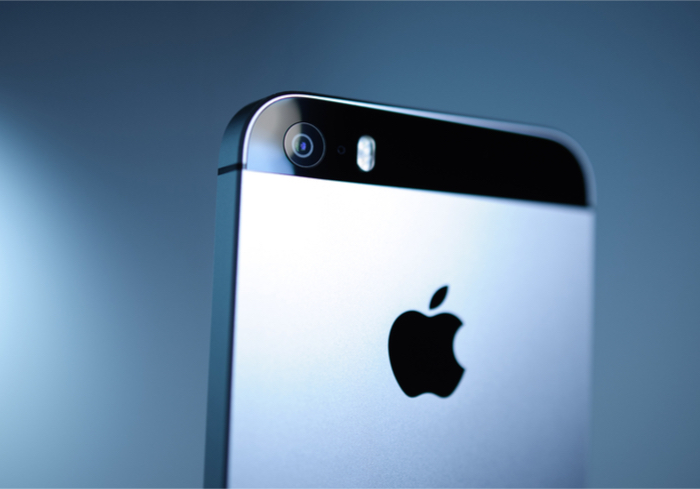Apple’s Subscription Reset — And What It Might Mean For What’s Next

These days, it seems one can get a subscription for just about anything – software, movies, music, pet food, toys, children’s books, meals. At this point, if you can name it, there is probably a service out there somewhere that will deliver it to your door weekly, bi-weekly or monthly –depending on what it is, and what one is willing to pay.
Subscriptions are popular because, done right, they can be big revenue builders – subscription customers are by definition loyal and repeat customers, but not the type that need to be won over again and again: Their weekly/monthly purchase is more or less guaranteed, unless they churn out. Hence the ongoing growth and strength of the subscription commerce market – according to the PYMNTS Subscription Commerce Conversion Index, the health of the industry picked up to 63.2 points in Q1 2018, from 61.5 points at the end of Q4 2018 (a perfect score would be 100).
And while there are many factors that go into determining that score, PYMNTS tracks 47 features across 178 merchants and nine industry groups to evaluate what does, or does not, make it easier for customers to shop. At base, we’ve discovered four main factors that make for successful subscriptions: time, passwords, plan options and free cancellation.
They are mostly as they sound: Time refers to how long it takes to set up the subscription –generally speaking, the shorter the better is the rule. Passwords literally just refers to whether or not the service secures itself with them. Plan options indicate that among top-performing subscription services, 86 percent offer users a choice of plan type. And free cancellation means that when a consumer is done and wants to churn out, businesses make it simple and free for them to do so, even if that seems a bit counterintuitive from the jump.
“Free cancellation can seem at first like a negative to a seller,” PYMNTS noted in the April edition of the Subscription Commerce Conversion Tracker. “Ideally, merchants want to lock in forward sales as much as possible. Yet consumers are wary of committing to something for more time or money than they need to. Quite simply, free cancellation is a pillar of good customer service. ”
And good customer service is what the consumer is looking for – particularly when it comes to subscription services with which they plan to have a long-term relationship. Which is likely why subscription programs across verticals and providers are usually a work in progress, as brands are working to hit those right customer service notes so their consumers never feel the need to tap into that free cancellation feature.
And through that lens, we can take a peek at Apple’s announcement this week that it is restructuring the subscription fee program for Texture, the digital magazine subscription service Apple acquired in March.
The name of the game seems to be streamlining its offering: Previously, Texture was a two-tiered membership model with a $9.99 per month basic plan and a $14.99 per month unlimited premium plan. The difference between the plans was access to weekly issue magazines.
Texture has basically dropped the lower tier entirely, and dropped the price of the unlimited premium plan. For $9.99 a month, customers will have access to all that Texture has to offer.
The move, according to industry watchers, seems to focus on turning Texture into Apple Music for magazine subscriptions, offering users access to about 200 magazines. The firm launched as a collaborative effort of Condé Nast, Hearst Communications, Meredith Corporation and Rogers Media, among others, in an attempt to find a better way to monetize magazine content in the digital age. But turning Texture into Apple Music by the numbers will be a challenge. Apple Music has 50 million monthly subscribers – more paying customers than Spotify – whereas Texture has a few hundred thousand readers thus far.
But the rumor is that the streamlining of the subscription model presages bigger things to come. Word has it that Texture will be the launching pad for Apple’s own magazine subscription program to run out of the Apple News app. The other rumor is that Apple is trying to launch what is essentially a super-bundled subscription, which will allow users to subscribe to Apple Music, magazines and original TV shows.
Will consumers want that big of an Apple bundle? When it comes to subscription services, they have a lot going for them: Signing onto a mega bundle is easy for existing Apple customers, since Apple already has their data on file. Also, passwords also already exist on accounts, and are often supported with biometrics on phones. Cancellation is already free – and though they’ve dropped a pricing tier, the rumor mill indicates that that choice could easily be coming back on a variety of fronts, depending on how Texture is integrated into the existing Apple ecosystem.
And, as Karen Webster recently pointed out, when done right, consumers can love bundles. “Consumers like bundles because too much choice among unbundled features costs them time and creates uncertainty over how things might turn out when choosing among them.”
If Apple can add the right collection of services to those bundles – and nest them all under a single subscription fee – the results will likely be worth watching out for.